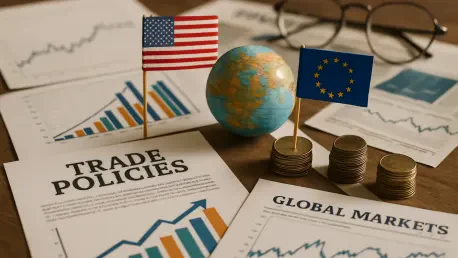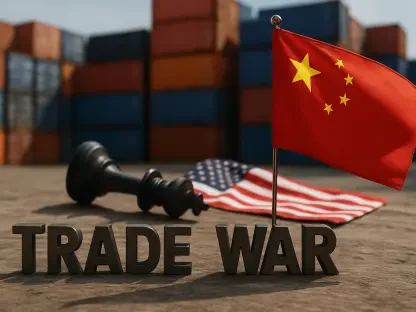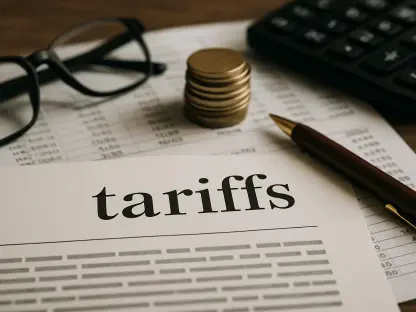The impact of President Trump’s trade policies has led to notable disruptions in the US stock market, casting uncertainty over the economic outlook. Recent announcements have stirred unease among investors as markets respond to a proposed 10% tariff targeting nations associated with BRICS, a trading bloc inclusive of China and India. Set to take effect on August 1, these tariffs contribute to the volatility already simmering with the impending expiration of a tariff pause on July 9. This financial turbulence comes in the wake of reassuring gains following June’s promising job data, yet investor confidence remains shaken. Trump’s administration has acted swiftly, with Treasury Secretary Scott Bessent confirming efforts to expedite the negotiation process by issuing letters to trade partners. These communications underscore the urgency of negotiations to avoid reverting to stricter tariff levels, highlighting the administration’s determination to resolve disputes quickly.
The Geopolitical Stakes and Economic Implications
Progress is evident with advancements in relations with the UK and Vietnam, and initial dialogues with China. However, negotiations with other major partners remain pending amid increasingly strained trade relations. Market behavior is sensitive to these changes, highlighting the complexities of current US trade policy. Balancing profitable deals with market stability is delicate, as the US and its partners engage in significant discussions. This environment suggests potential short-term market instability while parties seek solid agreements. These discussions center on US aspirations for global economic influence against shifting geopolitics marked by BRICS’ rise.
Traditionally, trade policies have served as both beneficial and challenging to financial systems. As tariff negotiation deadlines loom, the business community watches closely. The Trump administration’s moves demonstrate strategic positioning in global commerce but also reveal risks. Staying informed is crucial for investors as economic disruptions threaten stability and growth. Active engagement and analysis are vital for navigating this landscape, considering future strategies in evolving trade dynamics.









